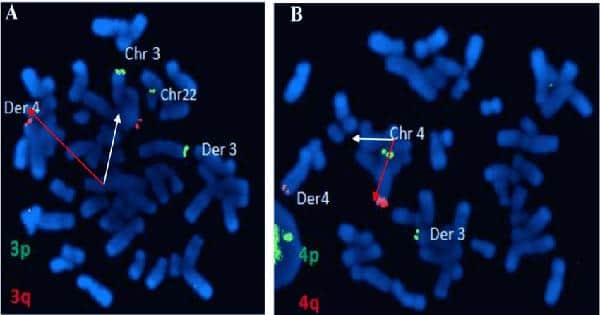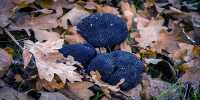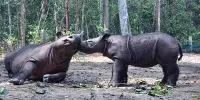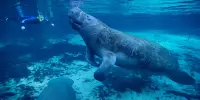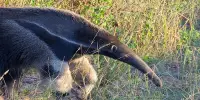Some of the genes in birds and reptiles are stored in microchromosomes so minuscule that they were initially mistaken for dust on a microscope slide. Most birds have had comparable microchromosomes since before they had spines, much alone wings, according to a comparative analysis of various species.
In the meanwhile, the identical fragments of DNA have joined typical chromosomes in mammals, with the exception of the platypus, which is behaving normally. Human chromosomes contain about 3 billion base pairs of DNA and range in length from 3 to 6 meters (0.00012-0.00024 inches). Birds and reptiles contain fewer macrochromosomes of equivalent size, as well as 30-32 microchromosomes that are a tenth as long.
The microchromosomes of chickens are identical to those of an Amphioxus, a spineless deep-sea organism that split from the vertebrate line 684 million years ago, according to a report published in the Proceedings of the National Academy of Sciences. With the exception of eagles and certain parrots, most other species have preserved the same set of microchromosomes, according to the study.
Professor Jenny Graves of La Trobe University stated in a statement, “We lined up these sequences from birds, turtles, snakes and lizards, platypus and humans and compared them.”
“Amazingly, all avian and reptile species shared the same microchromosomes.” Even more remarkable, they were identical to Amphioxus’ small chromosomes.”
Although Graves and co-authors were able to find microchromosome legacies in portions of human chromosomes, most animals have absorbed and jumbled the microchromosomes to the point where they appear to be any other fragments of DNA. “The platypus genome is the exception,” Graves added, “where the microchromosomes have all fused together into a few huge blocks.” According to Graves, the platypus was almost certainly a stepping-stone to the mammalian approach to chromosomes, which all mammals went through but only monotremes have maintained.
According to the report, microchromosomes have a higher gene density than macrochromosomes and include less non-coding “junk DNA.” In addition, there appears to be no consistent pattern in the function of microchromosome genes. Knowing this ahead of time did not make Graves any less startled when he saw how effectively certain species had retained them while genes have moved across chromosomes in others. Graves told IFLScience that geneticists have debated for 50 years whether fusing DNA into huge chromosomes or dividing it apart had an evolutionary advantage.
“Having genes that interact well together on the same chromosome may assist,” Graves said, but in most cases, the fusion or fission might be due to the invasion of transposable elements, frequently from ancient viruses, with little evolutionary advantage or damage.
When avian cells need to multiply, Graves revealed to IFLScience that she does not understand how cells transport a combination of large and tiny chromosomes around. “I don’t think we’ve given the mechanics of moving both into the daughter cell enough attention.” Another unsolved question is how the change affects the emergence of new species. When an animal with several microchromosomes mates with one that only has the bigger form, what happens? Graves told IFLScience, “That’s a tremendously profound subject,” and geneticists have been pondering similar questions since the 1930s.
“I believe that when a population has a big chromosomal shift, kids perform poorly because gametes have too many of certain genes and too few of others.” No one knows how this does not obstruct the formation of new species.
